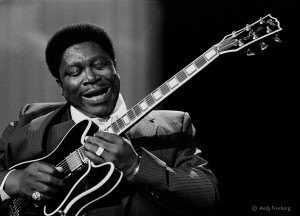
Black & Blue
The Blues. The blues emerged in the South after the American Civil War but was all too familiar of a sound to many black individuals. The “Blues” had a sound that served as a reminder of sadness, pain. Its sound was associated with the struggle, something many black individuals were ready to move past.
Characteristics and Elements
Blues can be characterized by it’s lyrics and instrumentation as well as its “microtonal” pitch. The songs were more lyrical than narrative and is essentially a vocal form. Early Blues followed a loose language, often discussing racial discrimination and other challenges experienced by black individuals.
Elements of theBlues includes the use of Blue notes. Blue notes ca be traced back to music of Africa. The Blues also follows a call-and-response format.
For some, the Blues actually serves as newly acquired freedom from former enslavement.
Influence
The Blues developed in three principle regions, Georgia, the Carolinas, Texas, and Mississippi. Georgia and the Carolina Blues is noted for its clarity of enunciation and regularity of rhythm. The Texas Blues is noted for its high, clear singing accompanied by supple guitar lines. The Texas Blues is the most intense and influential type. Vocally, it is the most “speech-like” and the guitar is rhythm and percussive.
The Blues has led to subgeners that include:
Classic Blues
Texas Blues
Country Blues
Mississippi Delta Blues
Piedmont Blues
Chicago Blues
Electric Blues
Contributors - Commodification
Bessie Smith
Classical Blues

Blind Lemon Jefferson
Influential Texas bluesman.

W.C Handy's
“Memphis Blues”
Published a collection of sheet music and popularized the commodification of the Blues.



